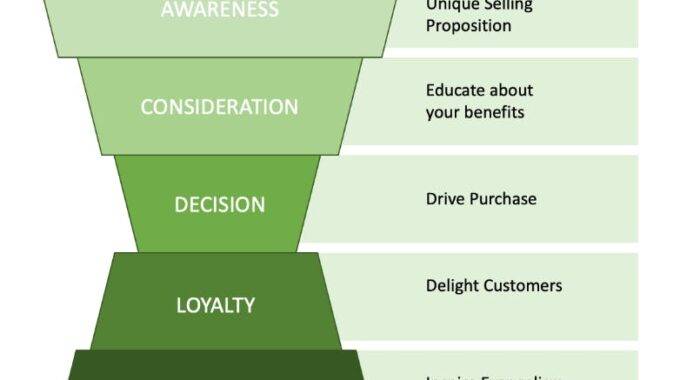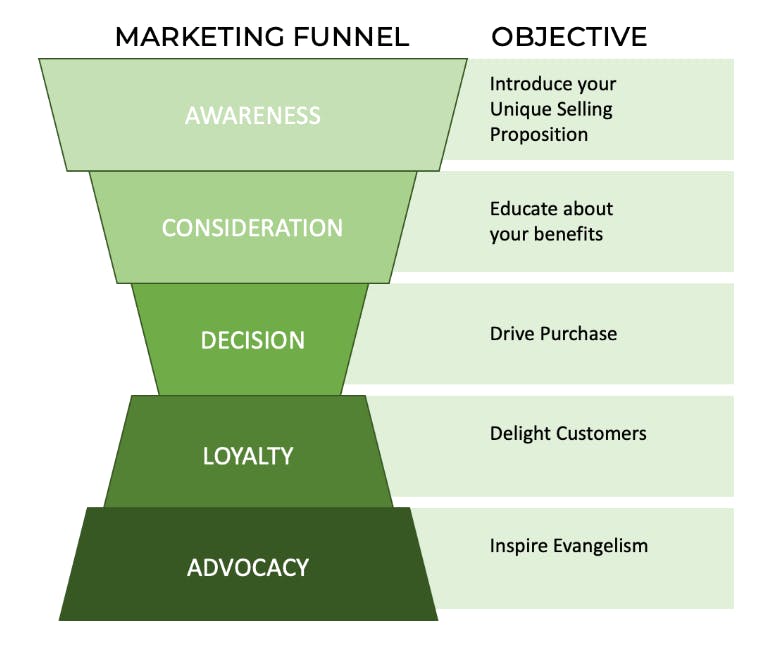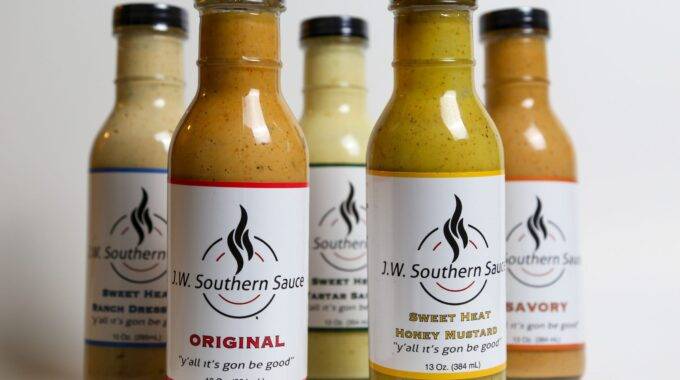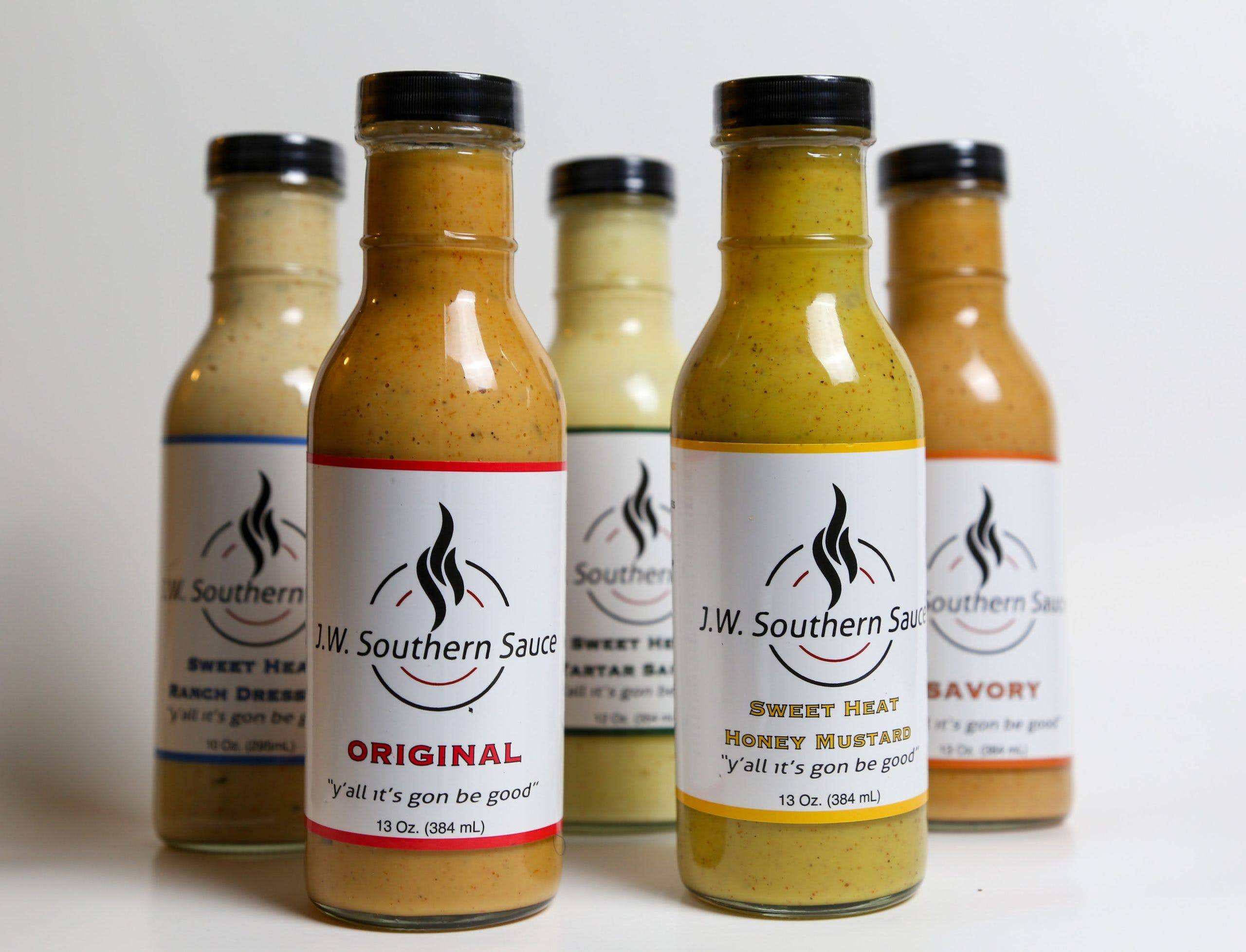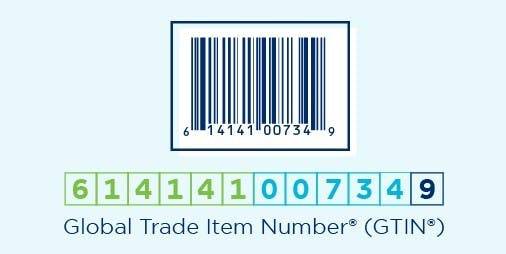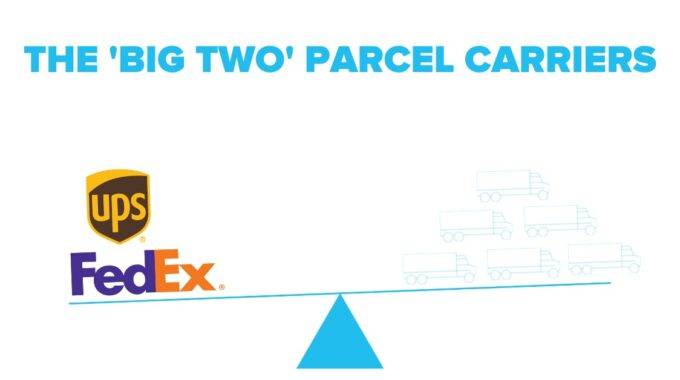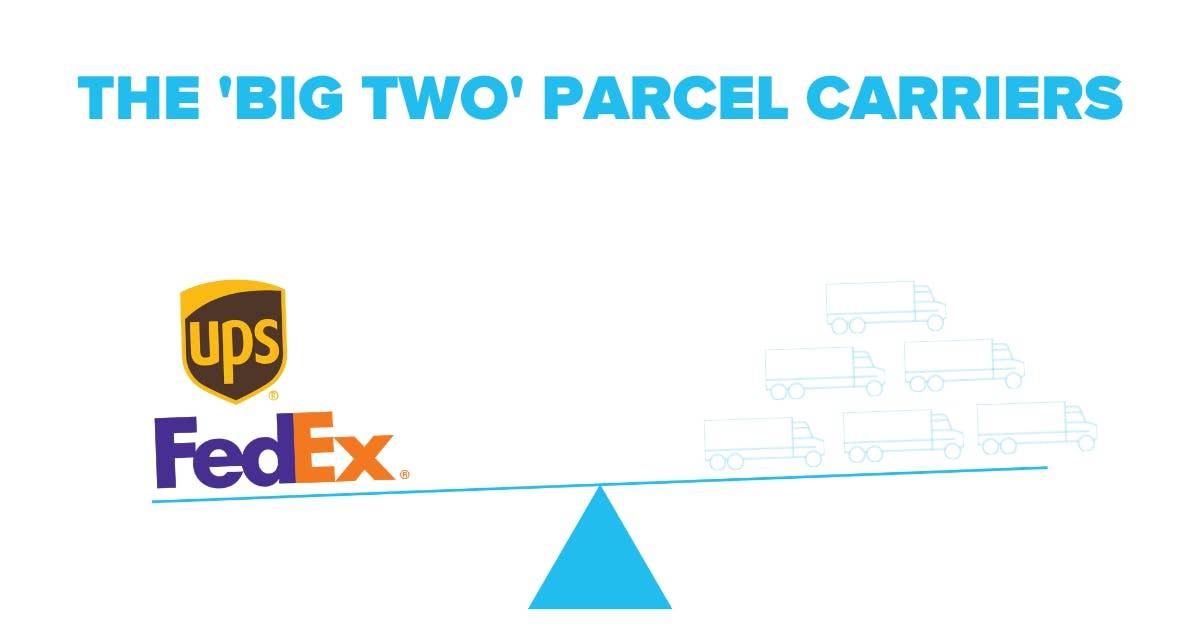Retailers Focus On Customer Experience With Store Remodelling
At the height of the COVID-19 pandemic, it seemed as if the demise of physical retail was imminent. With stores forced to close, the popularity of e-commerce accelerated and many retailers wondered if in-store shopping would ever return. So far, such fears are proving unfounded – in the U.S., foot traffic has continued to rise, and retailers are expected to open more than 75 million square feet of new space.
However, this is not simply a return to pre-pandemic normality. Retailers are recognizing that shoppers are now looking for a different experience – and are remodeling their physical space accordingly. Walmart spent $ 3.3bn on store upgrades last year and continues to remodel its spaces. Target is investing larger sums in revamps of existing stores and new openings.
Aligning the physical with the digital
In many cases, the store remodelling programmes now underway at leading retailers worldwide reflect an attempt to bring the physical shopping experience into line with the digital one. Retailers often talk about the importance of an “omnichannel” approach, offering shoppers a means to buy their products in any way they see fit. Still, these channels will not operate independently of one another – consistency and interoperability …

